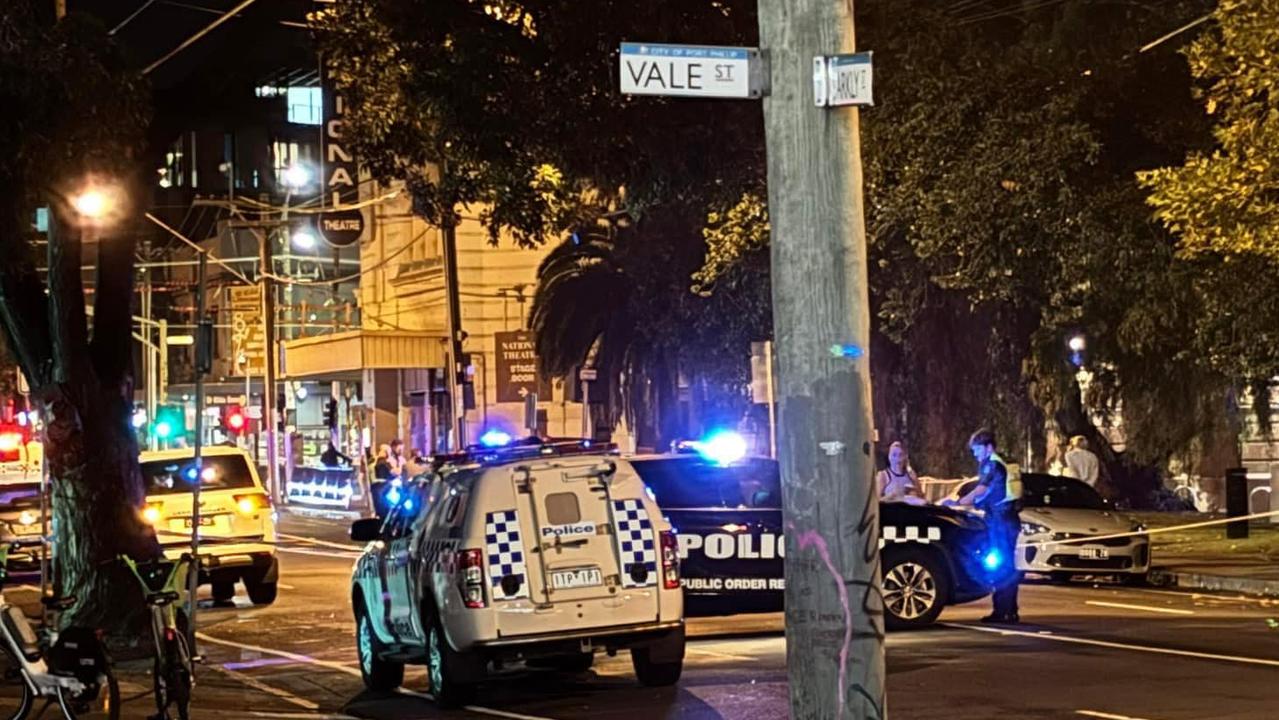Victorian towns and suburbs with the highest birthrate
Noticed a whole lot of prams and babyccinos in your neighbourhood lately? You may be living in one of the state’s baby hotspots. These are the areas in Victoria where most of our bubs are being born.
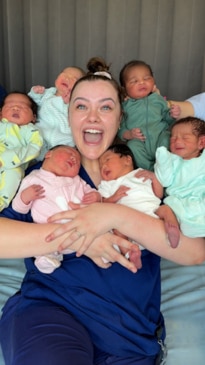
Victoria
Don't miss out on the headlines from Victoria. Followed categories will be added to My News.
Australia’s birthrate has dropped to its lowest level ever but some areas in Victoria are bucking the trend, welcoming thousands of new bubs each year.
There were 72,906 births in Victoria last year, compared to 76,187 in 2022, a drop of 4.3 per cent.
Melbourne’s fertility rate – the average number of children a woman would have over her child-bearing years based on current trends – was just 1.44.
But couples still keen to start a family are heading to Melbourne’s outer southeast, west and north, with the City of Casey Melbourne’s baby hotspot, according to data from the Australian Bureau of Statistics.
There were 5280 babies born in Casey, which includes the suburbs of Cranbourne, Berwick and Clyde North, in 2023.
This was followed by the City of Wyndham with 5001 bubs, Hume with 3836, Melton with 3316, Greater Geelong with 3242 and Whittlesea with 3155.
On the flip side just 12 babies were born in Queenscliffe, 42 in the West Wimmera, 47 in Hindmarsh and 50 in Buloke.
Couples keen to extend their families and welcome more children are heading to rural areas or pockets on Melbourne’s outer fringe.
The highest fertility rate was in Horsham and surrounds, where woman had 2.69 children on average in 2023, followed by Macedon and Cobblebank, while the birthrate was also above 2 in Moyne, Corangamite, the Southern Grampians, Kialla, Kerang, northwest Craigieburn, Mickleham, Wallan and Whittlesea.
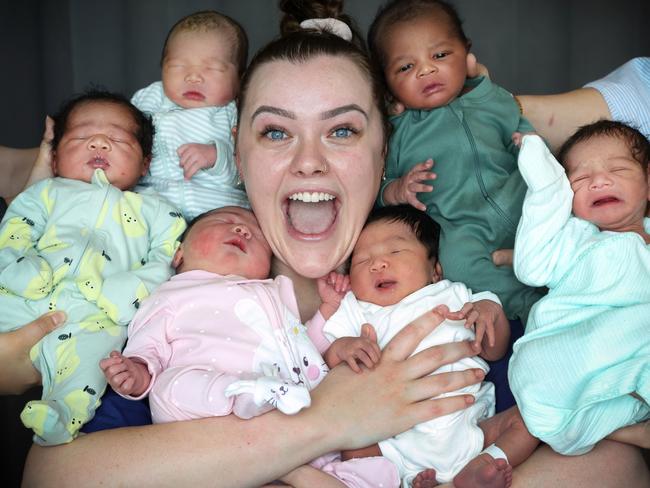
Demographer with McCrindle Research, Mark McCrindle, said younger couples were heading to affordable areas that offered a good supply of housing to start their families.
“Where you’ve got areas that firstly have a good supply of homes; are a little bit more affordable; or they’ve got a lot more of the greenfill developments, so detached homes being built, that’s where you get those high birth rates,” he said.
“These are the areas where young couples are going to nest before starting a family, to get things ready and more secure before having children.”
Mr McCrindle said in areas including Corangamite, Moira, Bendigo, Queenscliffe and the Grampians birthrates were above replacement rates, (the total fertility rate level required per woman to replace herself and her partner in the absence of overseas migration) which was encouraging.
“What we’re seeing is couples have moved to those regional areas for affordability – they can have a place of their own where they don’t just have the renting option but they have the ownership option, so they have got a bit more security and that is getting them ready for the family years,” Mr McCrindle said.
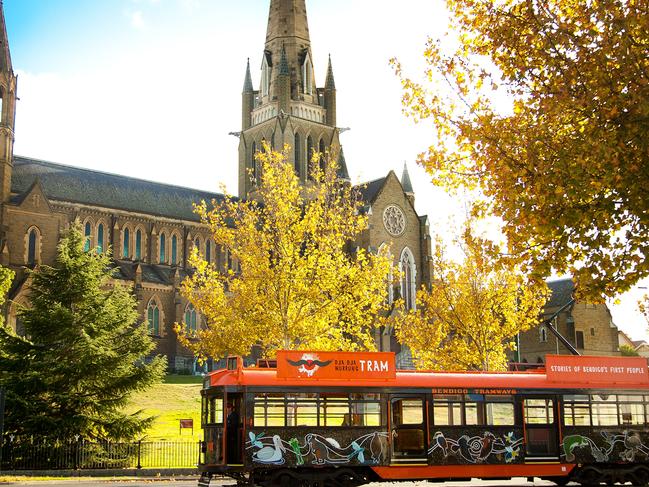
“The regions and outer ring suburbs, that seems to be where it’s possible to own a home, to have a detached home and extra space and spare rooms for the youngsters, so we’re getting higher birthrates there.”
But the days of big families with multiple siblings crowding around the dining room table or into the car appears to be a thing of the past, with most couples now choosing to have just one or two children.
“Mum and dad and 2.7 kids – that’s a thing of the past, it’s more like 1.5 kids now,” Mr McCrindle said.
“If you exclude those who are having no children the average (number of children women are having) is closer to two,” Mr McCrindle said.
Couples are also starting their families later, with the median age of new mums now 31.
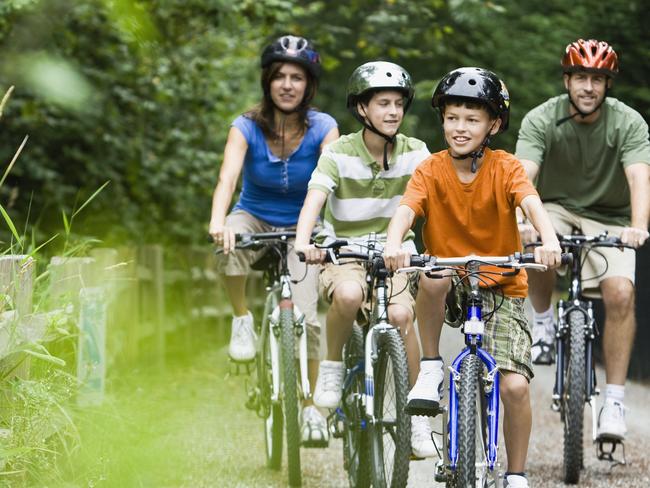
“Affordability means couples are starting families later because they’re finishing their studies, securing employment and looking for that deposit for a home, so that delays the births,” Mr McCrindle said.
“The second factor is not just money but what that flows onto – starting families later and some would have more (children) but just run out of time, because there are still those biological limits.”
Mr McCrindle said it would be hard to turn the drop in birthrate around while couples are facing housing and affordability challenges, and economic uncertainty.
“It has been done before in the late 1990s we were on a similar curve (with a declining birthrate) … before the baby bonus came in and that turned it around,” he said.
“(The fertility rate) is now at 1.5 nationally so it's the lowest birthrate ever.
“Policy intervention can make a difference but not childcare which is where the focus is at the moment.
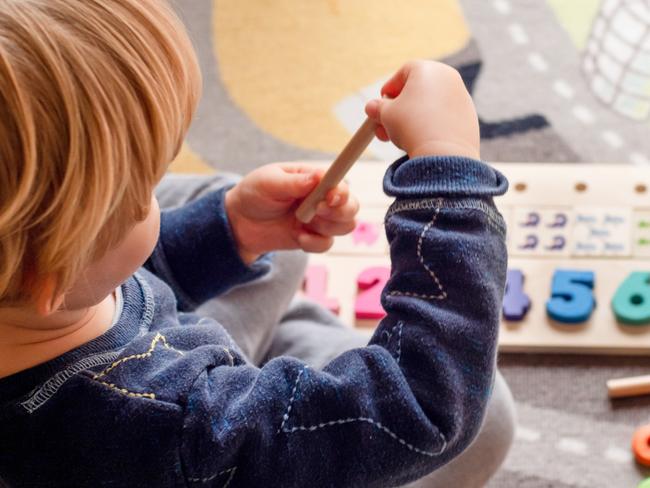
“Couples aren’t thinking about what is going to happen in three or four years time when the child is at that age (for childcare), they’re thinking about what are we going to do in three or four months when we have the baby – how are we going to get by?
“That’s where the baby bonus made a difference and it also said to the nation, ‘Children are important, you’re making a big contribution, and we’re going to give you some taxpayer support,’ just at that expensive time of your life.”
He said it was important to consider what would encourage Generation Z – the next generation of parents – to have more children.
“We’ve moved past the Millennials now and Generation Y to Gen Z – those born in 1995 are turning 30 next year.
“So this is the new generation hitting the peak fertility years and I think it’s important to think about what they’re looking for.
“It’s now got to the point where birth numbers are starting to decline, not just the birthrate.
“So if we want that next generation in good numbers, particularly amid an ageing population, we need to think of Gen Z and see what factors might encourage them to have more kids.”
Originally published as Victorian towns and suburbs with the highest birthrate



